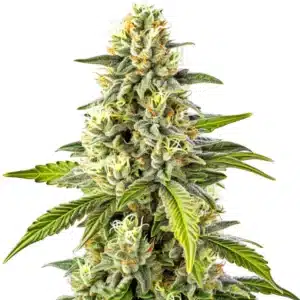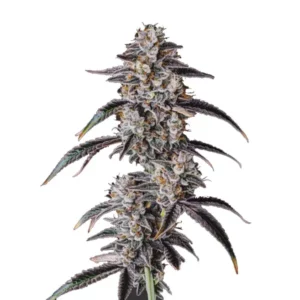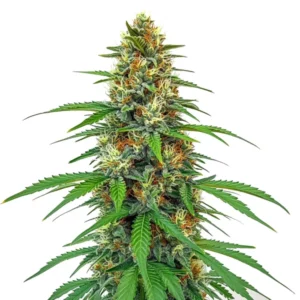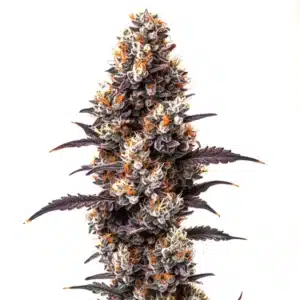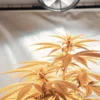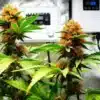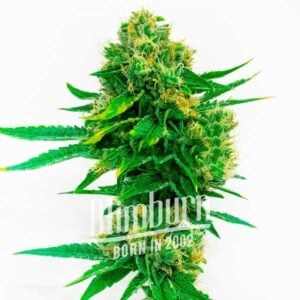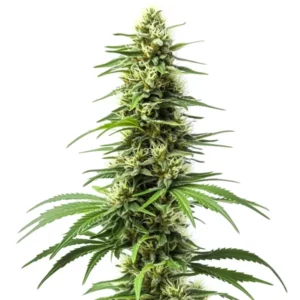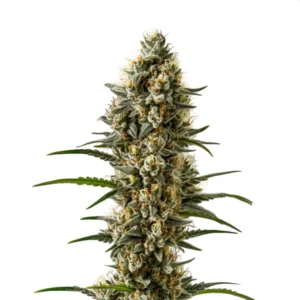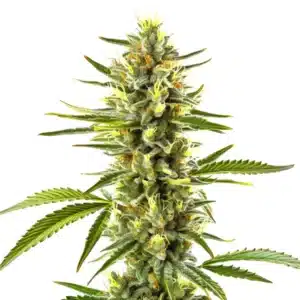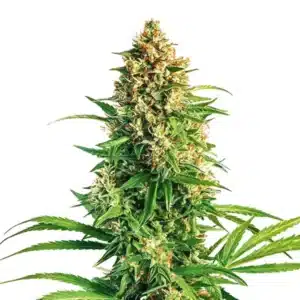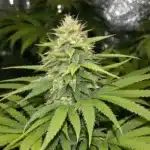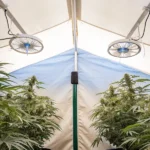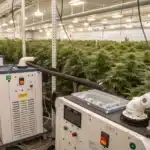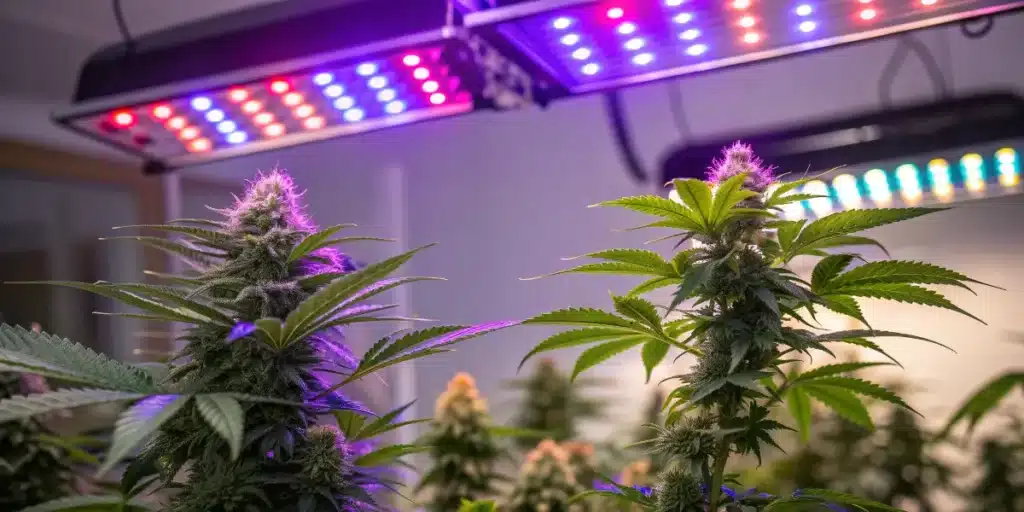
Indoor Pot Growing Tips for All Seasons
Seasonal Adjustments
Temperature and Humidity
When growing cannabis indoors, understanding the dynamics of temperature and humidity is vital for healthy plant development. One of the most essential indoor pot growing tips is learning how to adapt these factors seasonally. Each season brings distinct challenges that affect your indoor environment. During the colder months, maintaining warmth becomes a priority. Optimal temperatures for cannabis typically range between 70°F to 85°F (20°C to 30°C) during the day, with slightly cooler temperatures at night. In winter, consider using space heaters or heat mats to keep your grow area cozy.
Humidity also plays a crucial role in plant health. In winter, indoor air can become dry, leading to issues like nutrient lockout and stunted growth. To combat this, invest in a humidifier to maintain levels around 40% to 60%. Conversely, summer may bring high humidity, which can promote mold and mildew. Keep humidity in check by using dehumidifiers and ensuring good air circulation.
Recommended Strains
Cheese
|
|
THC | 14% - 18% (Medium) |
|
|
Type | Feminized |
|
|
Yield | Medium |
|
|
Phenotype | 60% Indica / 40% Sativa |
Cheese Cookies
|
|
THC | 17% - 21% (Medium) |
|
|
Type | Feminized |
|
|
Yield | High |
|
|
Phenotype | 60% Indica / 40% Sativa |
Lighting Considerations
Lighting is another critical factor in indoor pot growing tips. The amount of light your plants receive can significantly impact growth and yield. During the shorter days of winter, you might find that natural light isn’t enough. Supplement with high-quality grow lights to ensure your plants receive at least 12 to 18 hours of light daily, depending on their growth stage.
In summer, the intensity of natural light increases. While this may benefit your plants, be cautious of overheating. Adjust your light schedule to avoid peak sunlight hours and consider using reflective materials to maximize light efficiency. Regularly check your plants for signs of light stress, such as leaf curling or burning, and adjust your lighting setup accordingly.
Promos & Deals
Cannabis Growth Cycle Indoors
Mastering the cannabis growth cycle is one of the most valuable indoor pot growing tips for cultivators of all levels. Understanding each stage of your plant’s life allows you to adapt your environment and care routines seasonally, ensuring consistent success year-round. While indoor growing offers flexibility, aligning your grow techniques with each phase of development is essential to maximize yield, potency, and plant health.
Knowing Indoor Pot Growing Stages
The indoor cannabis growth cycle can be broken down into four main stages: germination, seedling, vegetative, and flowering. Each stage has its own timeline, environmental needs, and signs of progress.
- Germination (1–7 days): Seeds crack open and form a taproot. A warm, moist environment encourages successful sprouting.
- Seedling stage (2–3 weeks): First true leaves appear. Plants require gentle light and high humidity during this delicate phase.
- Vegetative stage (3–8 weeks): Rapid growth of foliage and roots. Increase light intensity and nitrogen-rich nutrients to build structure.
- Flowering stage (6–12 weeks): Buds develop and mature. Switch to a 12/12 light cycle and phosphorus-heavy nutrients for optimal flower production.
Tracking the timeline of each stage helps you anticipate plant needs and avoid unnecessary delays or stress that can impact the final harvest.

Adjusting Your Grow Per Stage
One of the most practical indoor pot growing tips is learning how to fine-tune your setup based on each growth stage. What works during the vegetative phase won’t necessarily be suitable during flowering, and vice versa.
During germination and the seedling phase, maintain high humidity (65–70%) and temperatures around 75°F (24°C). Use low-intensity light and avoid overwatering. In the vegetative stage, reduce humidity to 50–60%, increase airflow, and ensure 18 hours of quality light daily. Plants will need more water and nitrogen as their structure develops.
As your plants enter the flowering stage, drop humidity to 40–50% to avoid mold. Maintain stable temperatures around 70–80°F (21–27°C) and switch to a 12/12 light cycle. Your nutrient mix should now focus on phosphorus and potassium to support resinous bud formation. Monitoring and adapting your setup per stage is the key to consistent indoor success.
Pot and Soil Management
Watering and Nutrient Delivery in Indoor Pot Growing
Watering is a fundamental aspect of cannabis growing indoors tips. It’s essential to develop a consistent watering schedule tailored to your plants’ needs. Overwatering can lead to root rot, while underwatering can stunt growth. A good rule of thumb is to allow the top inch of soil to dry out before watering again. This not only prevents root problems but also encourages healthy root development.
Nutrient delivery is equally important. Cannabis plants require various nutrients to thrive, including nitrogen, phosphorus, and potassium. During the vegetative stage, a nutrient-rich soil mix with higher nitrogen levels can promote leafy growth. As your plants transition into flowering, switch to a mix with more phosphorus and potassium to encourage bud development. Regularly test your soil and adjust your feeding regimen based on your plants’ specific needs.
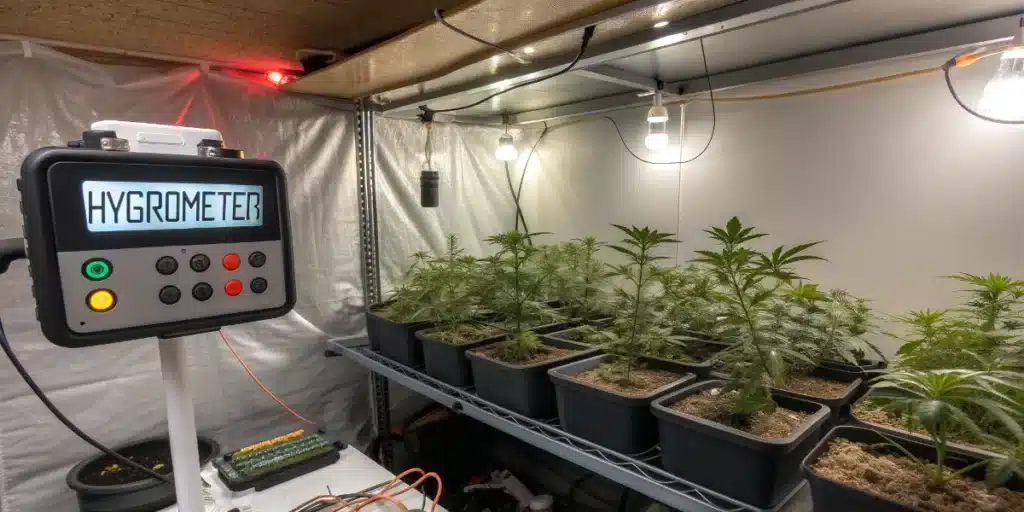
Airflow and Odor Control
Maintaining proper airflow and managing odor are critical yet often overlooked aspects of indoor pot growing tips. A well-ventilated space ensures your plants receive enough CO₂, prevents stagnant air pockets, and minimizes the risk of pests, mold, and mildew. At the same time, odor control becomes essential for discretion, especially in shared spaces or urban environments.
Ventilation Systems and Air Movement
To ensure even air distribution, equip your grow room with intake fans, oscillating fans, and an exhaust system. Inline fans help expel hot, humid air while drawing in fresh air, keeping the environment balanced. Oscillating fans placed at canopy level promote leaf movement and prevent hotspots. Exhaust systems should be connected to carbon filters to clean the outgoing air and eliminate smells.
Position your intake and outtake fans to create a steady crossflow. This prevents “dead zones” where air becomes trapped and moisture builds up. Clean and check your fans regularly to maintain efficiency and extend their lifespan.
Smell Management for Discreet Indoor Pot Growing
One of the most requested indoor pot growing tips is how to manage the unmistakable aroma of flowering cannabis. Start with activated carbon filters on your exhaust system. These filters absorb terpenes and neutralize strong smells before the air leaves your grow room.
In high-odor situations, consider adding ozone generators, but use them cautiously ozone can damage plants if not handled properly. Essential oil diffusers and negative ionizers are less invasive alternatives. For full discretion, also seal entry points, vents, and door frames to prevent scent leakage. Managing odor not only keeps your grow under the radar but also improves air quality inside your growing space.
Equipment and Seasonal Maintenance
Seasonal transitions can challenge even the most experienced indoor growers. Implementing proper equipment maintenance and seasonal prep is a smart way to protect your plants and ensure optimal performance. These technical indoor pot growing tips help you stay ahead of environmental shifts and keep your setup running smoothly throughout the year.
Preparing Your Grow Room for Winter or Summer
Extreme temperatures can disrupt your indoor grow if you’re not prepared. In winter, insulation becomes critical. Line your grow tent or walls with thermal materials to retain heat, and consider using space heaters with thermostatic control. Monitor humidity closely, as cold air tends to be dry.
During summer, high heat can be a major issue. Make sure your ventilation system is powerful enough to extract hot air efficiently. Portable air conditioners or evaporative coolers can help stabilize temperatures. Install reflective materials to reduce heat buildup from lights and block excess sunlight from windows.
Cleaning and Calibration Routines in Indoor Pot Growing
Regular cleaning and recalibration are often skipped, but they’re essential indoor pot growing tips for long-term success. Before each new cycle, deep-clean your grow space. Sanitize pots, trays, fans, lights, and grow tent surfaces to prevent the spread of pathogens or pests.
Recalibrate pH meters, EC testers, and timers to ensure accurate readings and automation. Replace old filters, clean fan blades, and verify light height and spectrum settings. These seasonal habits not only protect your current grow but also extend the life of your equipment and boost overall grow room hygiene.
Troubleshooting Common Issues
Indoor Pot Growing. Recognizing Problems
Even with the best indoor pot growing tips, issues may arise. Recognizing problems early can save your plants from serious damage. Watch for signs of nutrient deficiencies, such as yellowing leaves or stunted growth. Each nutrient deficiency presents distinct symptoms; for instance, a nitrogen deficiency typically causes older leaves to yellow, while a magnesium deficiency leads to interveinal chlorosis.
Pests can also plague indoor growers. Common culprits include spider mites, aphids, and whiteflies. Regularly inspect your plants for signs of infestation, such as webbing or sticky residue. Implement preventive measures, like introducing beneficial insects or using organic pesticides, to keep your indoor garden thriving. Remember, maintaining a clean and organized grow space can dramatically reduce the risk of pest problems.
FAQS
What are the best pots for indoor cannabis growing?
Choosing the right pots is essential for indoor pot growing tips. Fabric pots promote better air circulation to the roots and help prevent overwatering. Plastic pots can also work well, but ensure they have drainage holes to avoid water accumulation.
How often should I water my indoor cannabis plants?
Watering frequency depends on various factors, including plant size, pot size, and environmental conditions. Typically, you should water when the top inch of soil feels dry. Monitoring your plants and adjusting your schedule based on their response is key.
What lighting is best for indoor cannabis growing?
LED grow lights are among the best options for indoor pot growing tips due to their energy efficiency and full spectrum capabilities. They emit less heat and can be adjusted to different stages of growth, making them versatile for any indoor growing situation.


